New Printable Worksheets and Lesson Activities. Page 9
Mathematics

Measure and estimate lengths in standard units.
Measure the length of an object by selecting and using appropriate tools such as rulers, yardsticks, meter sticks, and measuring tapes.
English Language Arts
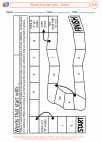
Phonological Awareness
Demonstrate understanding of spoken words, syllables, and sounds (phonemes).
Isolate and pronounce initial, medial vowel, and final sounds (phonemes) in spoken single-syllable words.
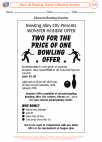
Integration of Knowledge and Ideas
Explain how an author uses reasons and evidence to support particular points in a text, identifying which reasons and evidence support which point(s).
Mathematics
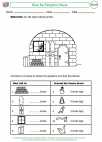
Measure and estimate lengths in standard units.
Measure the length of an object by selecting and using appropriate tools such as rulers, yardsticks, meter sticks, and measuring tapes.
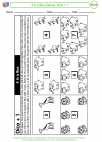
Use place value understanding and properties of operations to add and subtract.
Add up to four two-digit numbers using strategies based on place value and properties of operations.
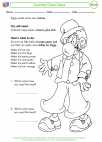
Understand place value.
Count within 1000; skip-count by 5s, 10s, and 100s.
Activity Lesson CountingGrade 2
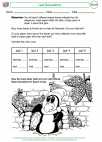
Measure and estimate lengths in standard units.
Measure the length of an object by selecting and using appropriate tools such as rulers, yardsticks, meter sticks, and measuring tapes.
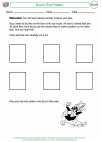
Identify and continue patterns.
Identify, continue and label patterns (e.g., aabb, abab). Create patterns using number, shape, size, rhythm or color.
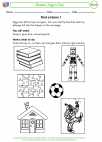
Measure and estimate lengths in standard units.
Measure the length of an object by selecting and using appropriate tools such as rulers, yardsticks, meter sticks, and measuring tapes.
English Language Arts

Phonics and Word Recognition
Know and apply grade-level phonics and word analysis skills in decoding words.
Know spelling-sound correspondences for additional common vowel teams.
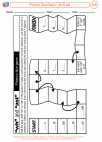
Phonics and Word Recognition
Know and apply grade-level phonics and word analysis skills in decoding words.
Know spelling-sound correspondences for additional common vowel teams.
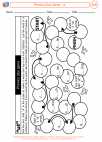
Phonics and Word Recognition
Know and apply grade-level phonics and word analysis skills in decoding words.
Know spelling-sound correspondences for additional common vowel teams.
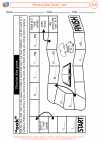
Phonics and Word Recognition
Know and apply grade-level phonics and word analysis skills in decoding words.
Know spelling-sound correspondences for additional common vowel teams.
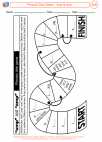
Phonics and Word Recognition
Know and apply grade-level phonics and word analysis skills in decoding words.
Know spelling-sound correspondences for additional common vowel teams.
Mathematics
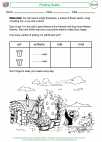
Measure and estimate lengths in standard units.
Measure the length of an object by selecting and using appropriate tools such as rulers, yardsticks, meter sticks, and measuring tapes.
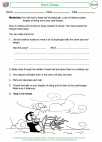
Communications: Present mathematical ideas using words, symbols, visual displays, or technology
Use multiple representations to express concepts or solutions
Worksheet Wind ChimesGrade 1
English Language Arts
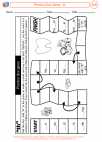
Phonics and Word Recognition
Know and apply grade-level phonics and word analysis skills in decoding words.
Know spelling-sound correspondences for additional common vowel teams.
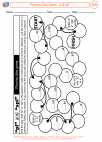
Phonics and Word Recognition
Know and apply grade-level phonics and word analysis skills in decoding words.
Know spelling-sound correspondences for additional common vowel teams.
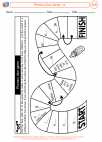
Phonics and Word Recognition
Know and apply grade-level phonics and word analysis skills in decoding words.
Know spelling-sound correspondences for additional common vowel teams.
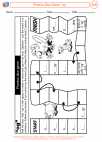
Phonics and Word Recognition
Know and apply grade-level phonics and word analysis skills in decoding words.
Know spelling-sound correspondences for additional common vowel teams.